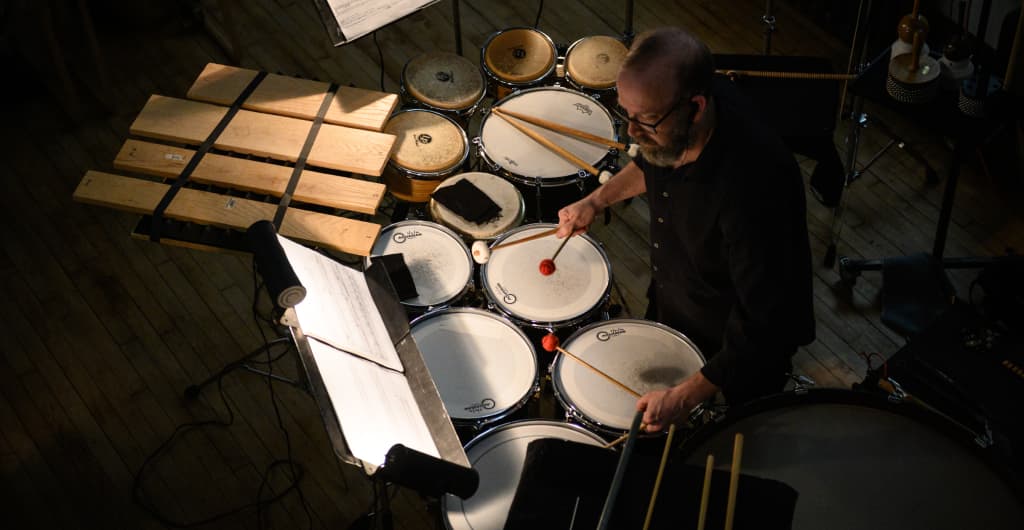Gérard Grisey’s Le Noir de l’Etoile: A Musical Interpretation of Pulsars
Inspiration from the Cosmos
In the late 1980s, composer Gérard Grisey was inspired by an encounter with cosmologist John Silk, which sparked his fascination with pulsars—rapidly rotating neutron stars that emit beams of electromagnetic radiation. A key figure in the spectralism movement, Grisey focused on the timbric qualities of sound and how they can be transformed through acoustic manipulation. By 1989, his intrigue led him to explore less structured musical avenues, culminating in the composition of Le Noir de l’Etoile (The Black of the Star). The piece premiered in 1991, performed by the ensemble Percussions de Strasbourg.
The Role of Pulsars in Music
Grisey described his immersion into the world of the Vela pulsar, reflecting, “I was seduced by those of the Vela pulsar, and I immediately asked myself, like Picasso picking up an old bicycle seat, ‘What could I do with it?’” He sought to incorporate pulsar frequencies into his work authentically, allowing them to serve as “landmarks” in the composition. Grisey aimed to integrate concepts of rotation, periodicity, and the idea of “glitches” inspired by pulsar study, echoing the celestial pattern of these cosmic phenomena.
Performance Overview: The Talujon Ensemble
On May 3, I attended a performance of Le Noir de l’Etoile by the Talujon percussion ensemble at the Church of St. Luke & St. Matthew in Brooklyn, during Bang on a Can’s Long Play festival. The audience settled into rows of wooden chairs as the percussionists surrounded us, showcasing a diverse collection of instruments ranging from gongs and bass drums to congas and small cymbals. Grisey intentionally excluded keyboards from the piece, believing that the raw, elemental sounds of “skins and metals” would best capture the essence of pulsars.
Conclusion
Grisey’s Le Noir de l’Etoile not only illustrates his innovative approach to music but also serves as a bridge between the worlds of science and art. By harnessing the rhythmic qualities of pulsars within a percussive framework, he invites audiences to experience a cosmic connection through sound.

